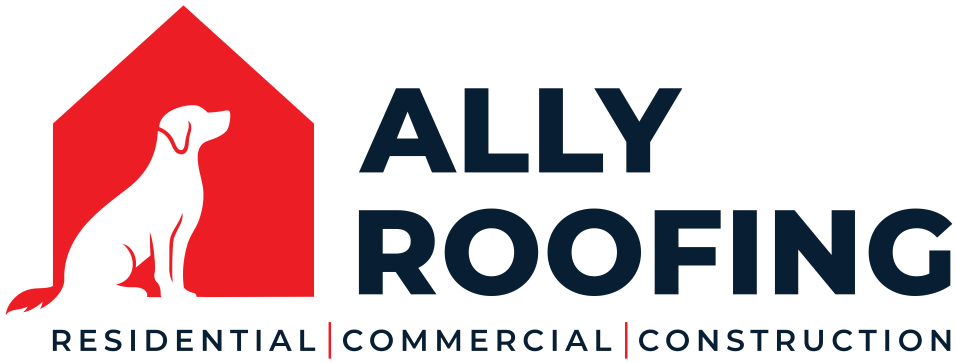Step 1: Testing for Air Quality
The first thing to do when getting rid of mold is to get the affected areas tested by a professional Industrial Hygienist. This will allow the technician to be able to write up what is needed for proper mold removal and restoration.
Step 2: Containing the Mold
When mold spores become airborne, they can spread to other parts of the building through the HVAC system. It is therefore vital to properly contain the mold and spores to prevent contamination of previously unaffected areas. Exposure to mold can cause health problems such as:
- Headache
- Coughing, wheezing and difficulty breathing
- Nasal and sinus congestion
- Headache
- Skin irritation, like a rash
- Itchy, watery eyes
- Throat irritation
Step 3: The Mold Removal
Once the moisture has been dried up and the spores are contained, mold removal can begin. Depending on the test results from the air quality professional, the process may include the removal of carpeting, drywall, ceiling tiles, etc. Once the affected material has been removed, the cleaning process is written by the Industrial Hygienist. It usually consists of a HEPA approved vacuum and a wipe down with an anti-microbial solution.
Step 4: Mold Damage Repair
Once the area has been cleaned and all the affected contents have been removed and properly disposed of, Mission Restorations can repair the damages and return your home back to normal.
IICRC S520 Standard
Mission Restorations follows the standards set by the IICRC or the Institute of Inspection Cleaning and Restoration Certification. The ANSI/IICRC S520 is a procedural standard for remediation of structures and contents that have been damaged by mold. It is based on research, hands on experience and dependable mold removal and remediation principles. It also gives technicians who face “real life” challenges practical information about water and mold damage restoration.



